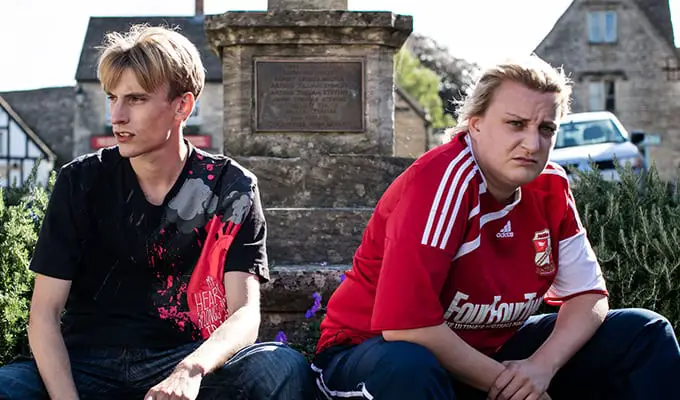-
The Thrill of the Chase in Storytelling
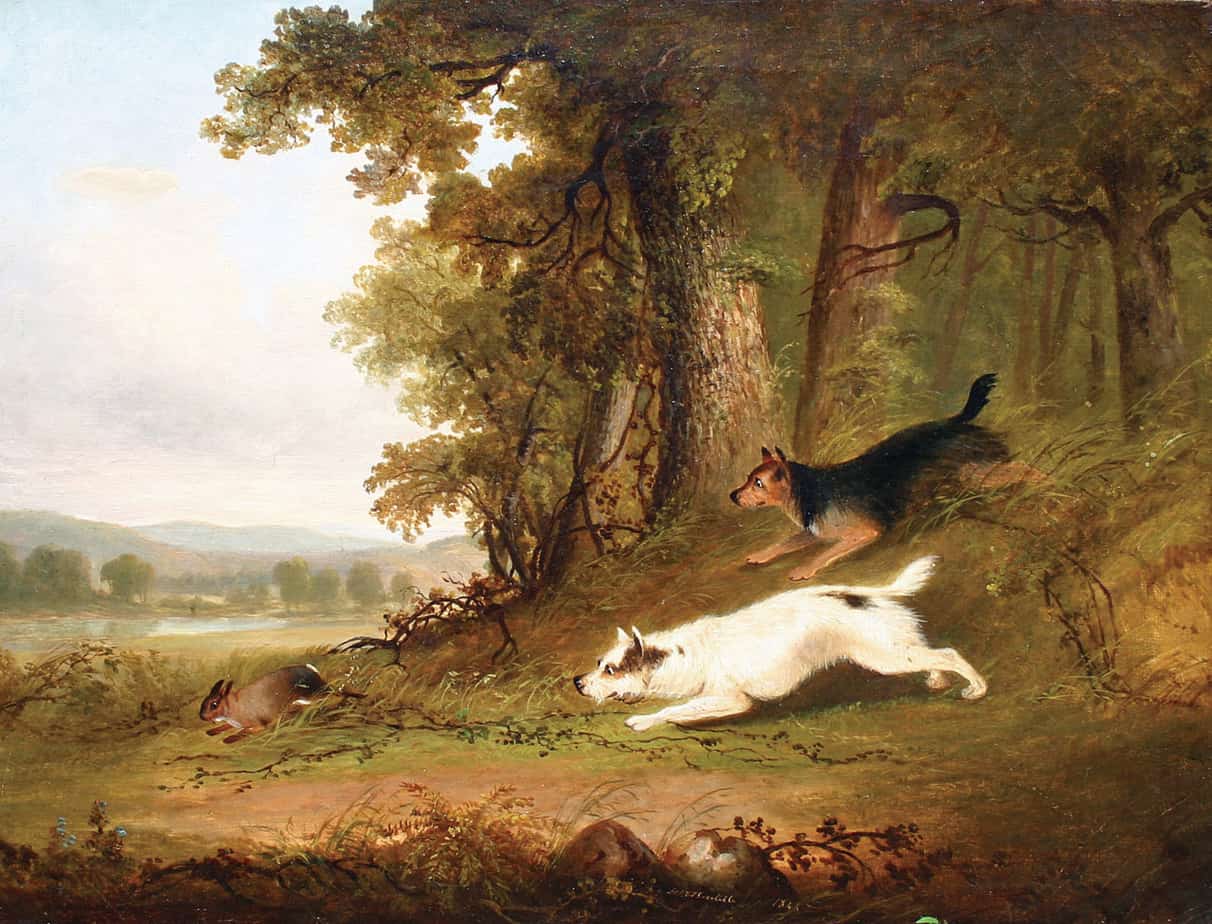
In the spoof Thriller Concept Generator below, cartoonist Tom Gauld captures the centrality of the chase sequence in the thriller genre.
-
Satire, Parody, Pastiche and Farce
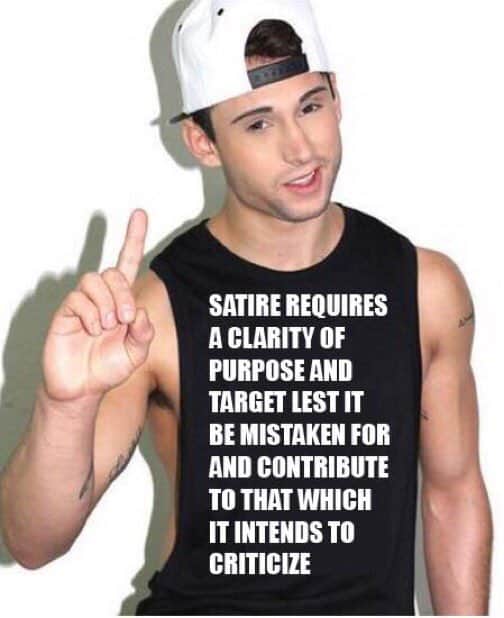
What’s the difference between satire, parody and farce? What about the difference between satire and irony? I frequently conflate these terms, so I looked up some definitions and examples. SATIRE Satire that lacks a clarity of target/intent is just support, whether that’s intended or not. – Real satire punches up. – The US dealt with […]
-
Rabbits and Hares in Art and Storytelling

Rabbits are strongly associated with babies and early childhood. They appear often in stories and art for children. But what about hares?
-
The Tale of Timmy Tiptoes by Beatrix Potter Analysis
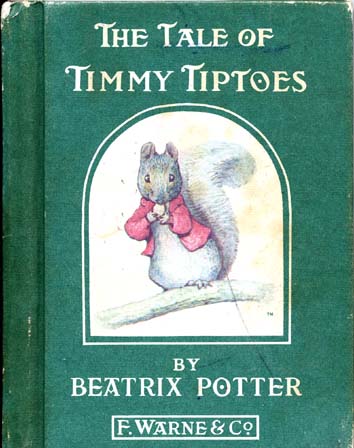
Beatrix Potter was already popular by the time she published The Tale of Timmy Tiptoes (1911). The introduction to our 110th anniversary copy says the tale was created specifically to appeal to a new, American audience, with the inclusion of chipmunks. Unfortunately, Beatrix had never seen a chipmunk in real life. She must have relied […]
-
Writing Activity: Describe The Shops
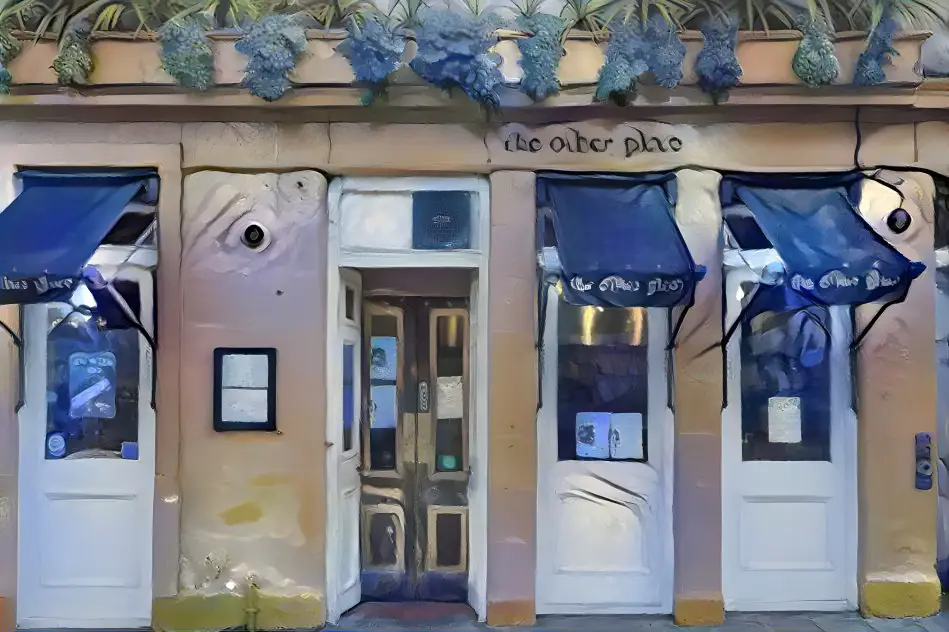
A collection of illustrations of shops
-
The Tale of Mr Tod by Beatrix Potter Analysis
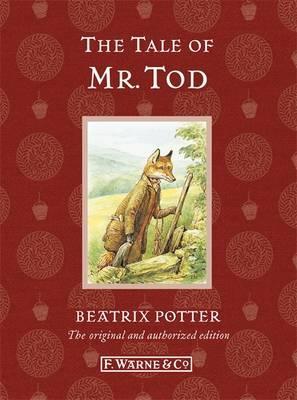
The Tale of Mr. Tod by Beatrix Potter (1912) is a child-in-jeopardy crime thriller. See my post on thrillers and also my post on secrets and scams.
-
The Tale of Ginger and Pickles by Beatrix Potter Analysis
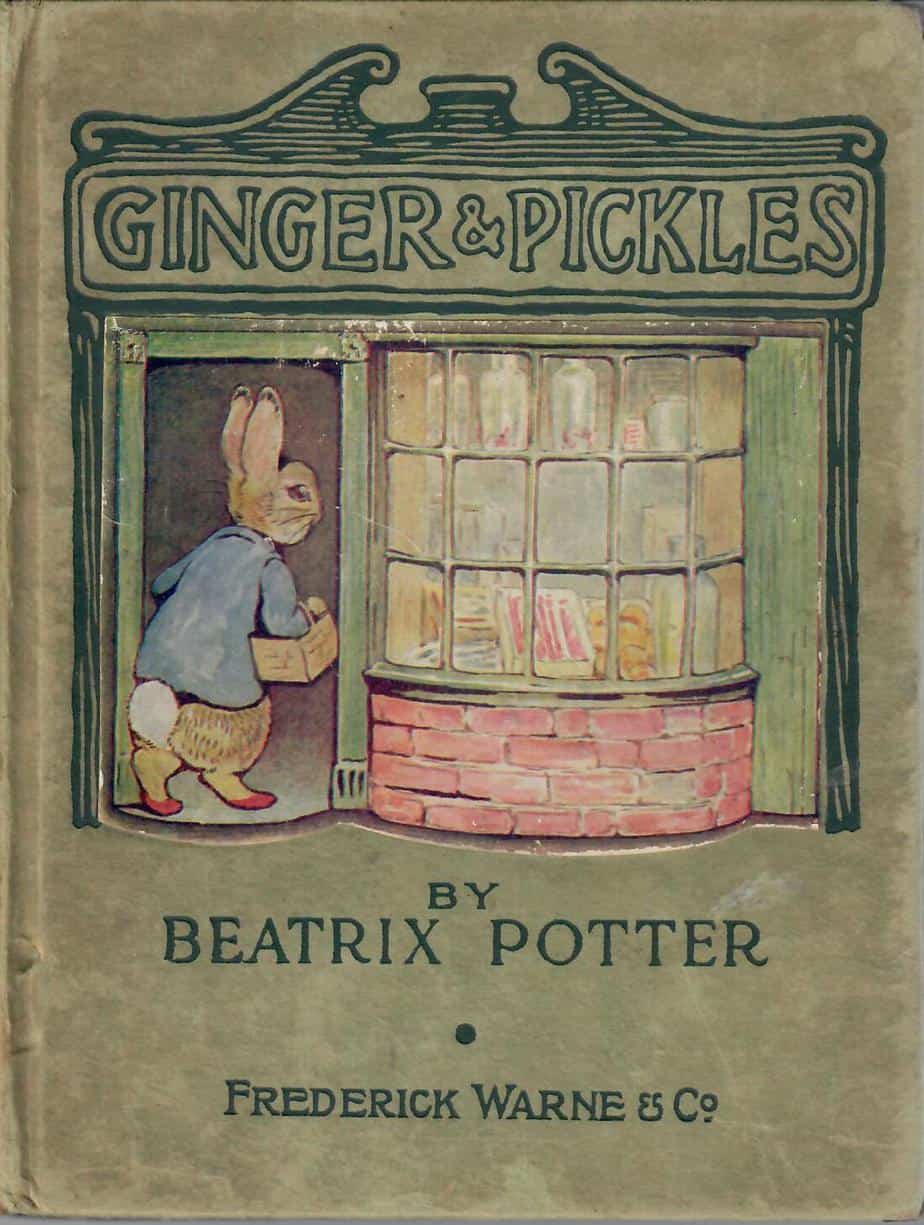
The Tale of Ginger and Pickles by Beatrix Potter is a story of utopian, idealised capitalism, first published 1909. This is how we’d all like capitalism to work — small local businesses provide goods and services; those friends providing the best goods and services win out, those ill-suited to small business find other, more suitable […]
-
Do Americans really frown with their mouths?
I saw this widely shared on Twitter and wondered if this frown analysis were an oversimplification of reality: On the other hand, it may be true. It would explain why (American-made) frowny emoticons have no eyebrows to speak of. This explains why the frowny emoticons have never looked satisfying to me. They just look mildly […]
-
The Headless Bust by Edward Gorey Analysis
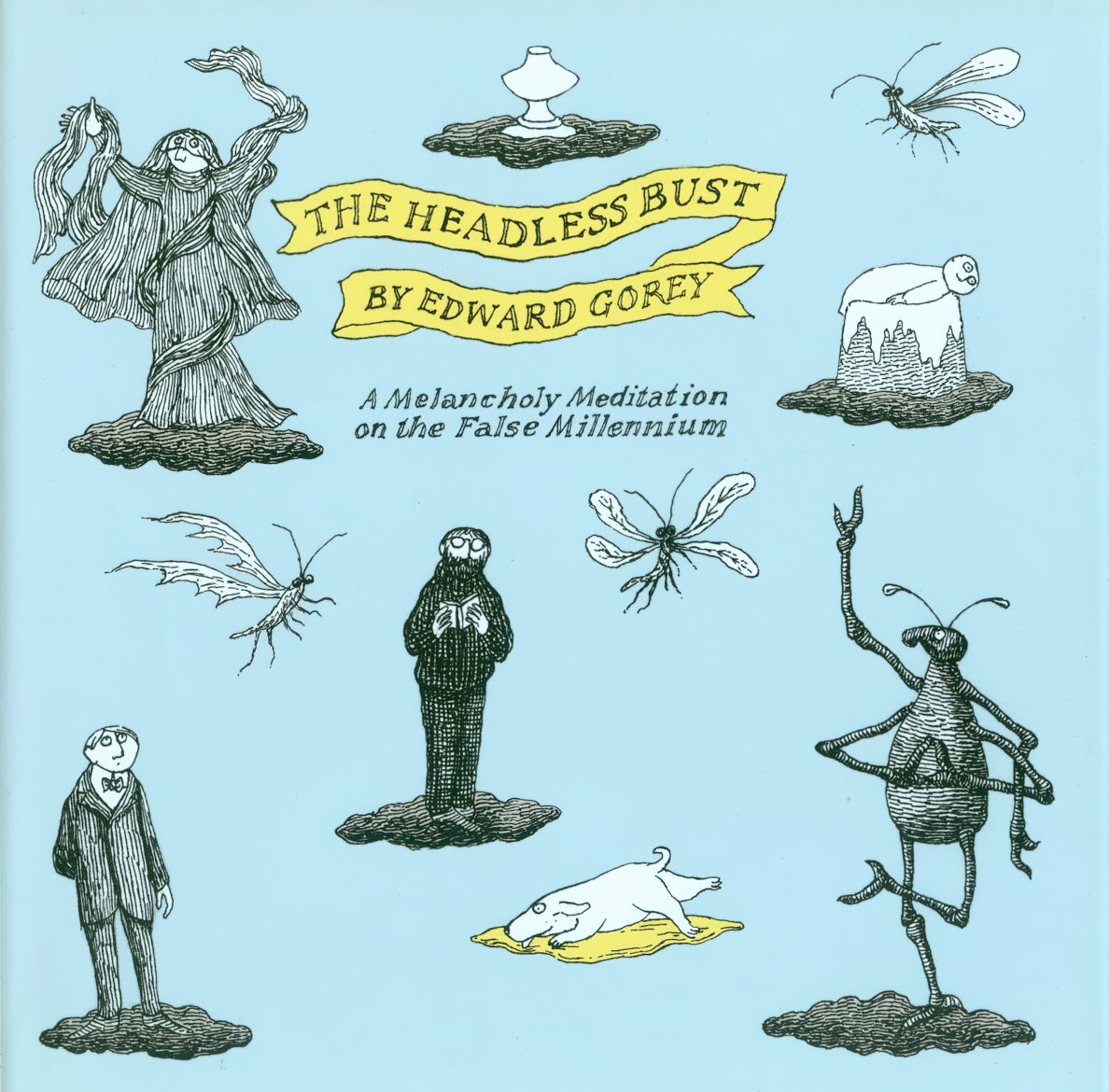
“The Headless Bust” is the sequel to “The Haunted Tea-Cosy”, which I tried to decipher the other day (with limited success). This one is actually a little easier to understand and we are basically given a pass for not understanding it anyway:
-
Don’t Let The Pigeon Drive The Bus! by Mo Willems Analysis
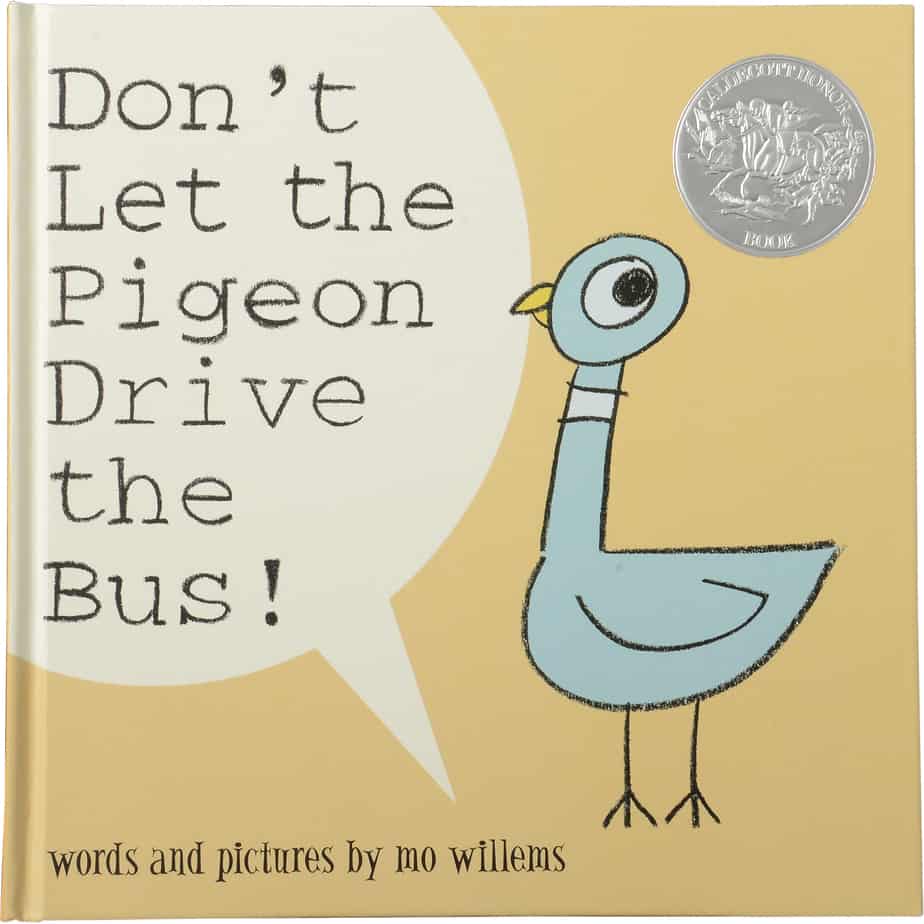
A comparison between Mo Willems’ Don’t Let The Pigeon Drive the Bus! and another from the same series, The Pigeon Wants A Puppy, highlights certain shared comedy writing techniques found in both. TECHNIQUES OF NOTE Directly addressing the young reader A main character who eventually tries to trick the reader A big struggle scene featuring […]
-
The Haunted Tea-Cosy by Edward Gorey Analysis
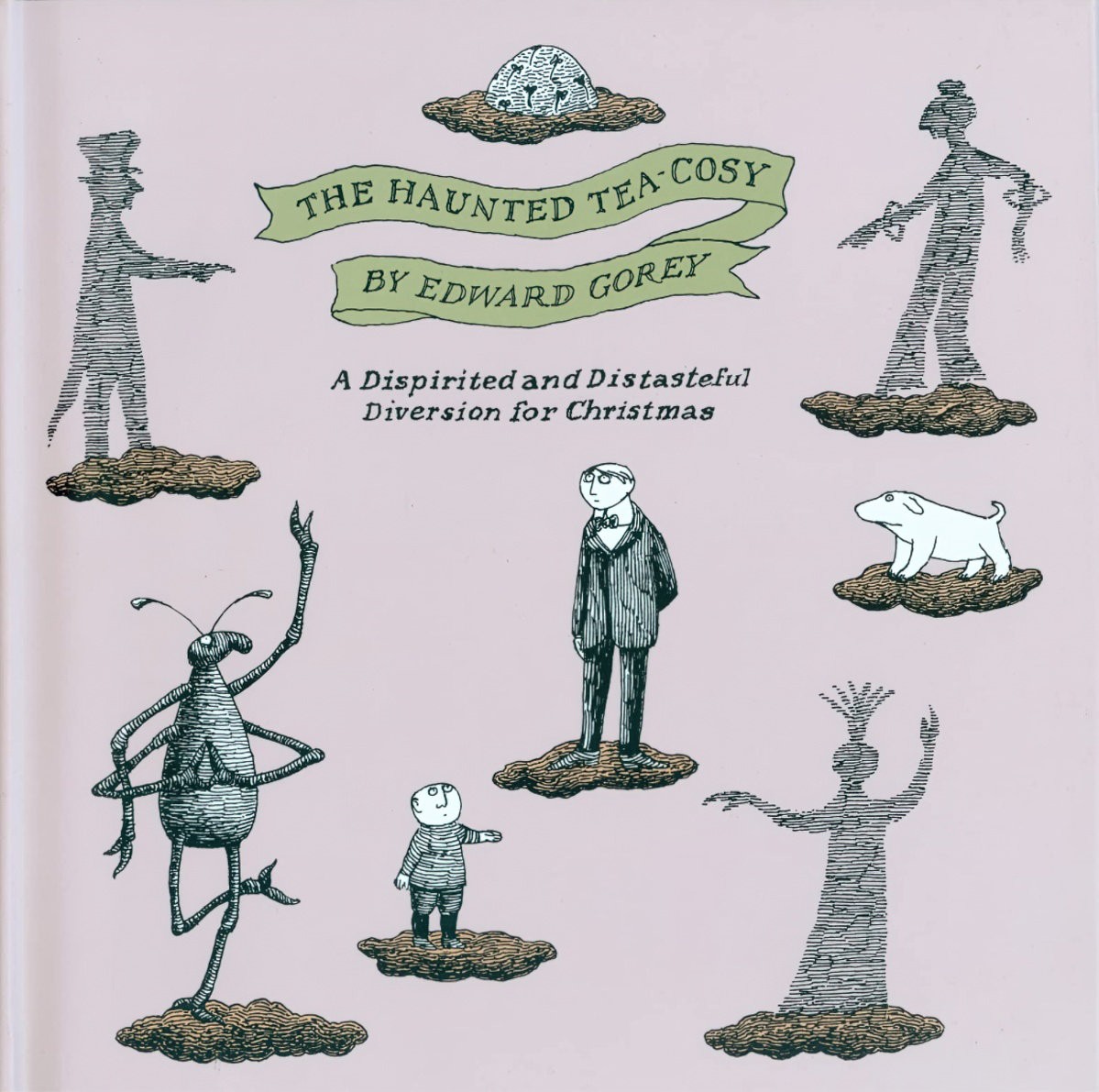
Edward Gorey was an American writer and illustrator who died in the year 2000. The Haunted Tea-Cosy: A Dispirited and Distasteful Diversion for Christmas is a picture book for adults, based on the cartoons first published in the December issue of the New York Times Magazine, 1997. Bloomsbury picked it up in an early-Internet era […]
-
The Pigeon Wants A Puppy by Mo Willems Analysis
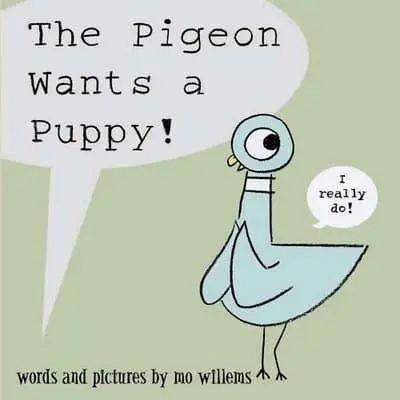
The Pigeon Wants A Puppy by Mo Willems is one of my kid’s favourite books. The Pigeon books are similar to the Elephant and Piggie books in graphic design and in humour. STORY STRUCTURE OF THE PIGEON WANTS A PUPPY SHORTCOMING When I read this quote from the author/illustrator I knew that Willems thinks of […]
-
Deals With The Devil In Storytelling

Humans have been making transactions with money for about 5000 years. Before that, our ancestors traded goods; before that, favours. We are a species highly attuned to swapping, making deals, owing favours and keeping stock. So it’s not surprising that we personify ‘fate’ or ‘life itself’ or God or whatever, and feel, deep down, that […]
-
Pig the Winner by Aaron Blabey Analysis
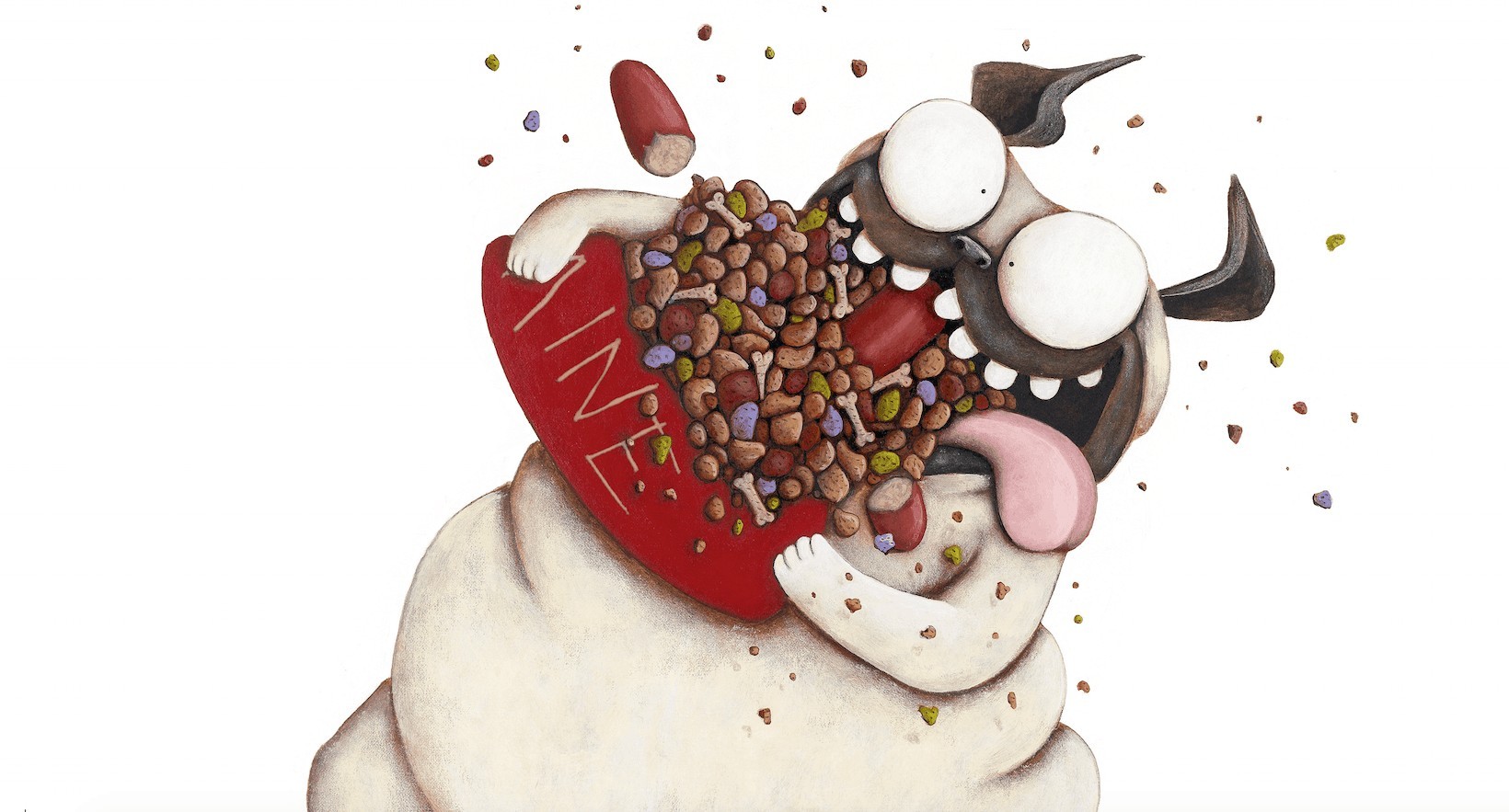
Pig The Winner, written and illustrated by Aaron Blabey, is another picture book in the widely-loved Pig The Pug series. I suspect these will become Australian classics in the same way the Hairy Maclary books became New Zealand classics. I pick and choose when it comes to Aaron Blabey books. Pig The Fibber, which felt […]
